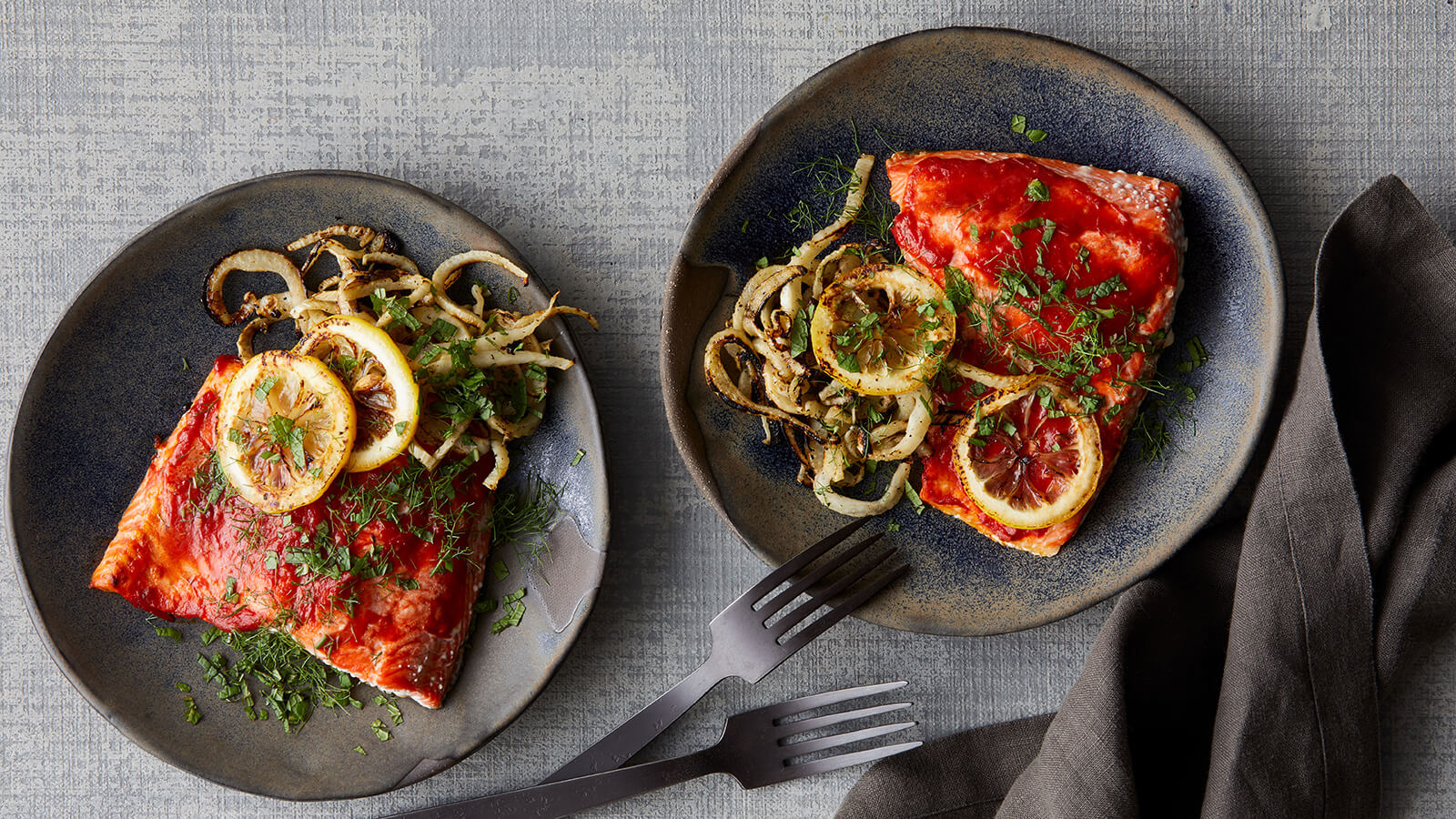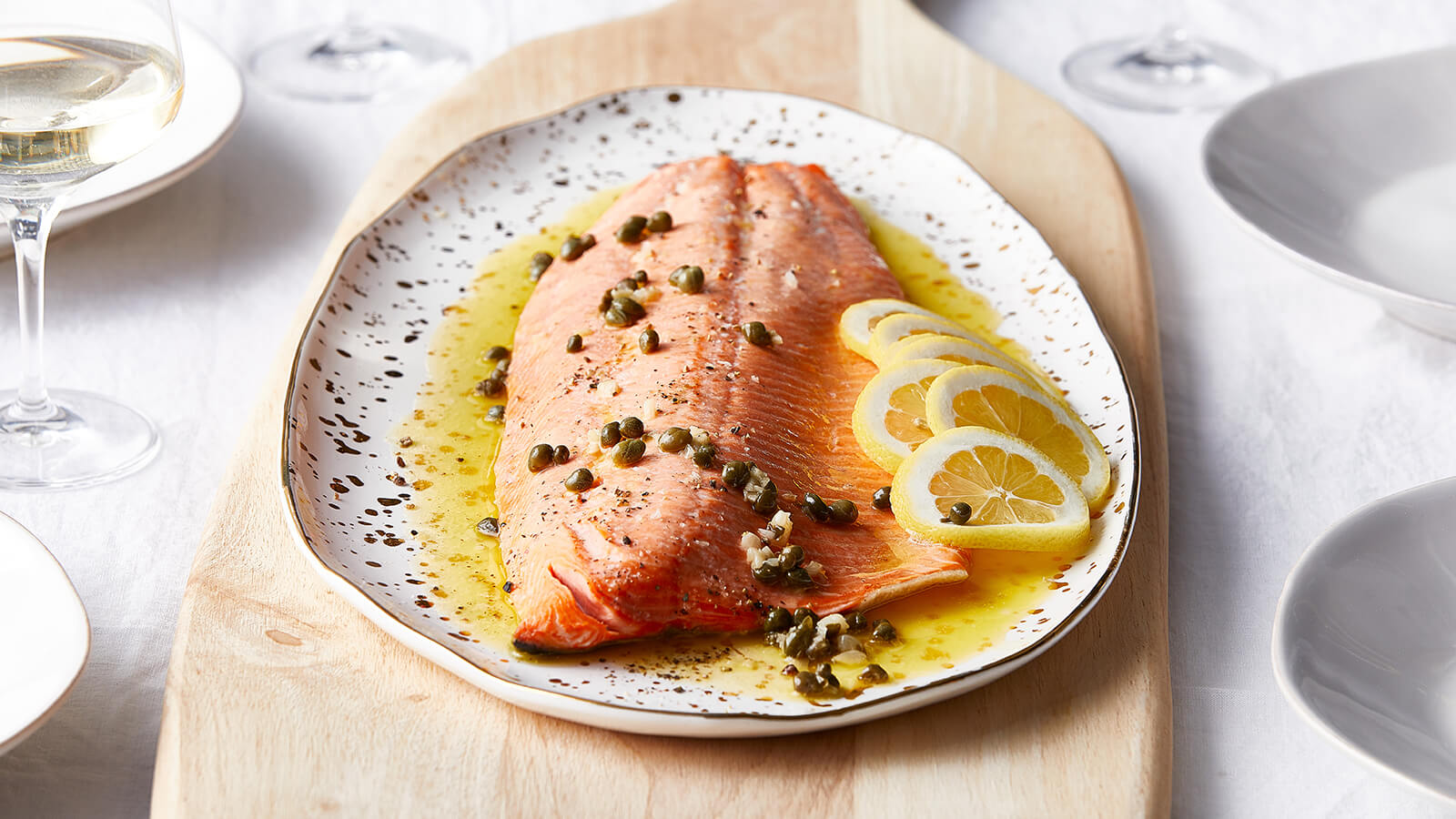Don't Miss Our Recent Livestream Events for Recipes, Tips & Seasonal FeaturesWatch Now >
|
Join The Ultimate Loyalty Experience®!Learn More >
Fresh is Best
Fresh, wild salmon is a seasonal catch. That means buying it at the peak of its season ensures the freshest fish and the widest variety. Our wild fresh salmon is at the pinnacle of freshness, so each fillet is wholesome, rich and 100% delicious—just the way we like it.
Tips for Selecting & Serving Wild Salmon When you’re picking out your salmon, look for a fillet that’s moist and glistening. The flesh should be slightly resilient and firm when lightly pressed. As with most fish, it’s best to cook it on the same day it was purchased. If you do purchase ahead (we suggest one day at most), keep it in a very cool refrigerator or cooler with ice.
Texture, firmness and oil content vary depending on the species of salmon. In general, the higher the oil content, the stronger, more richly flavored the salmon will be.
To select the best salmon, consider your desired flavor preference and preferred cooking method. Try it grilled, broiled, seared or steamed—this fresh catch is as versatile as it is tasty. Use our guide below to select the perfect fillet for your next gathering.
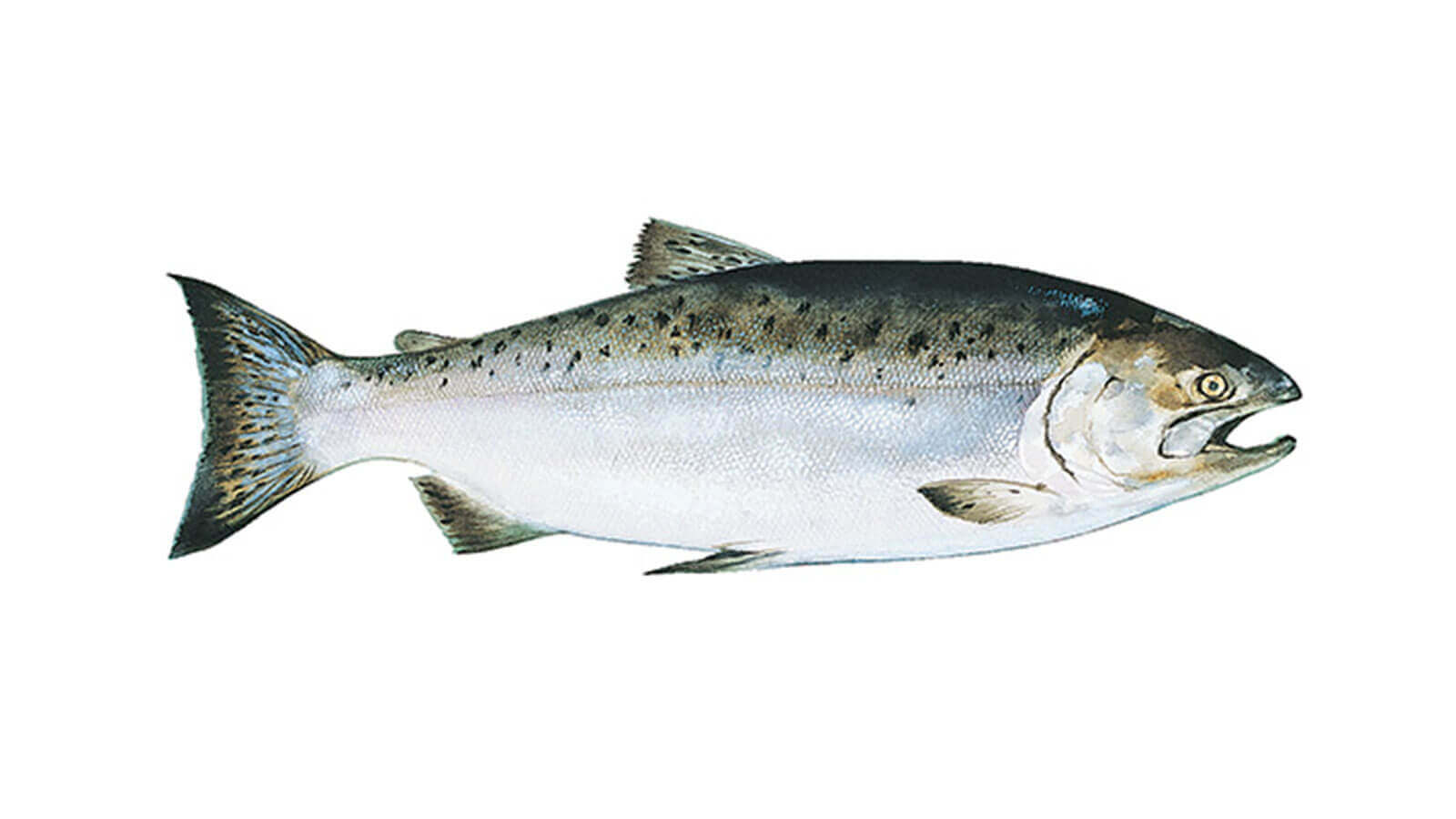
1King Salmon
King Salmon has rich, red flesh that’s firm and vibrant. Its high oil content gives it a delicious, distinct flavor. When cooked, King Salmon tastes buttery and retains its moisture. We recommend serving it grilled, roasted or pan-seared.

2Sockeye Salmon
This fish has deep, firm red flesh that retains its hue throughout the cooking process. Its medium oil content gives it rich flavor that’s only slightly milder than king salmon. Sockeye Salmon retains its moisture when cooked. Try it grilled or smoked for the best flavor and texture.

3Coho Salmon
Orange-red in color, Coho Salmon is one of the milder varieties of salmon due to its lower oil content. Its texture is medium-firm. These fillets are quite versatile and are best enjoyed grilled on wood planks, steamed, poached or even sautéed.
Cooking Salmon
Grilled or pan seared? Skin, or no skin? Cooking salmon can be intimidating but doesn’t have to be. Read below for our favorite 3 methods for cooking and enjoying salmon
How rare you like your salmon is a matter of personal preference. Contrary to popular thought, salmon can be enjoyed when it is still on the medium to medium-rare side. We recommend cooking salmon medium or medium-well as opposed to well-done. To do this, remove your salmon from the heat when it begins to turn a lighter pink color about a third of the way up the side of the fillet.
Most salmon recipes vary in cooking time. Just be sure to adjust the time to your desired level of doneness. See below for some of our favorite ways to prepare, cook and serve wild salmon.
Grilled Salmon
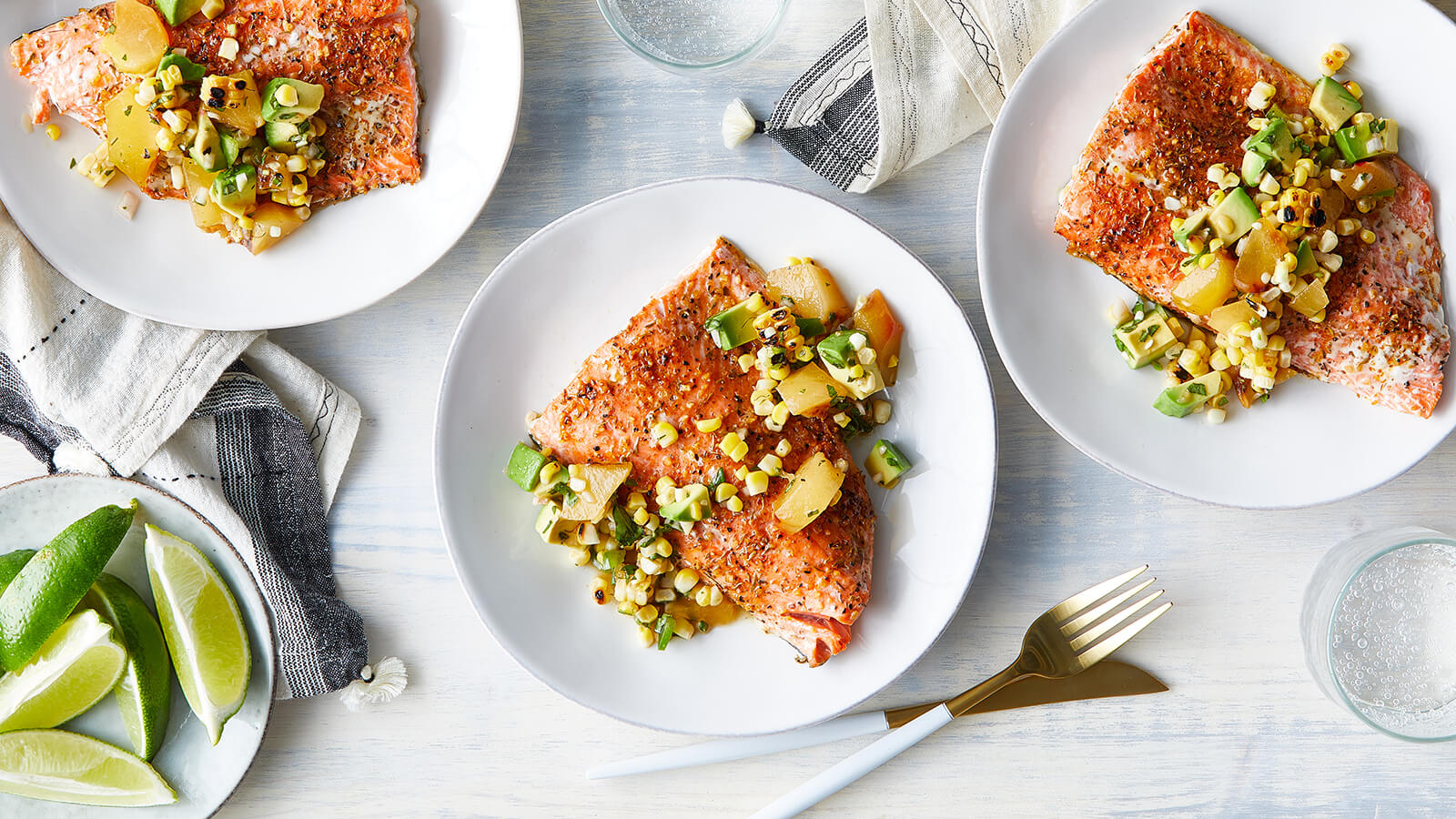 Blackened Wild Salmon with Grilled Corn, Peach and Avocado Salsa
Blackened Wild Salmon with Grilled Corn, Peach and Avocado SalsaGrilling is one of our go-to methods for cooking salmon. It’s easy and delivers so much flavor!
If you like crispy skin, grill your fish skin-side down first (otherwise, start with the skinless side). Be careful not to overcook – it should only take about 10 minutes to cook through. You know you’ve gone too far if you see white areas forming on the fish. And make sure to let your salmon rest for a few minutes after grilling, just as you would any other protein.
Don't want to bother with the risk of your salmon sticking to the grill? Use a non-stick grilling pan, tray or plank. You can place your salmon on the pan, tray or a soaked plank and then place the it directly on the grill to cook.
One of our favorite ways to grill salmon is with our blackened seasoning. The spice really accentuate the flavors of the fish. Try our delicious recipe for Blackened Wild Salmon with Grilled Corn, Peach and Avocado Salsa.

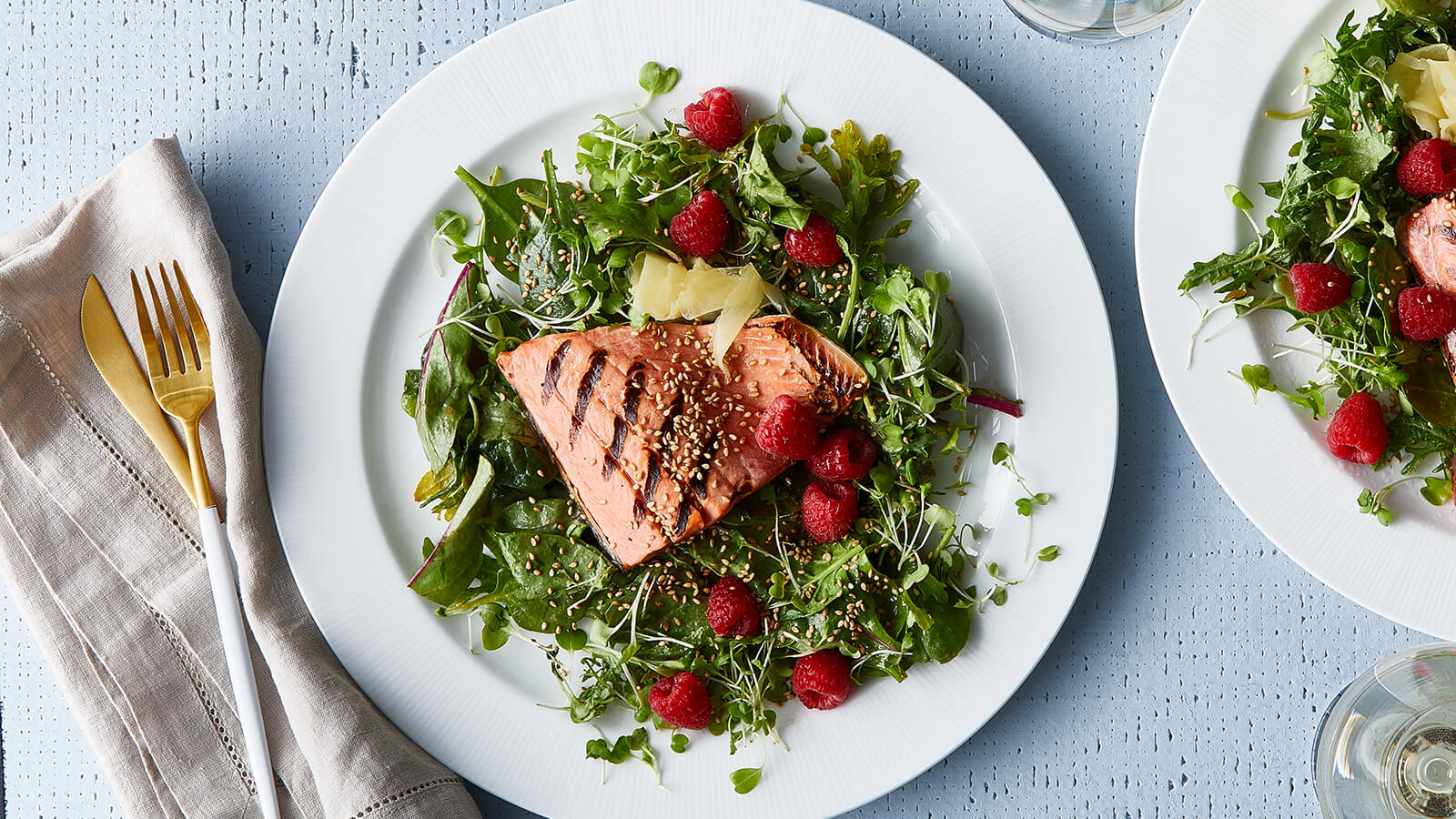
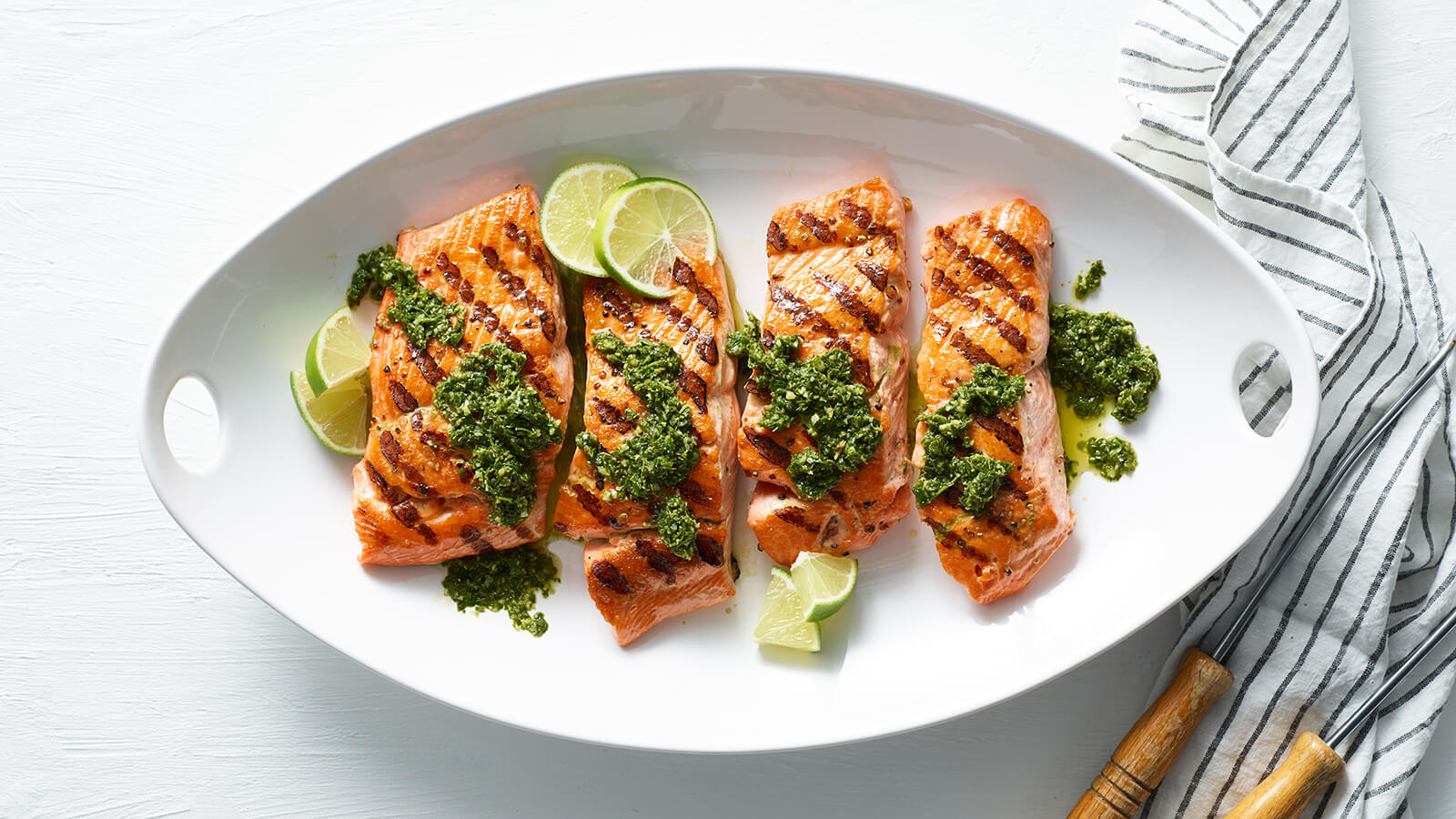
Pan Cooked Salmon
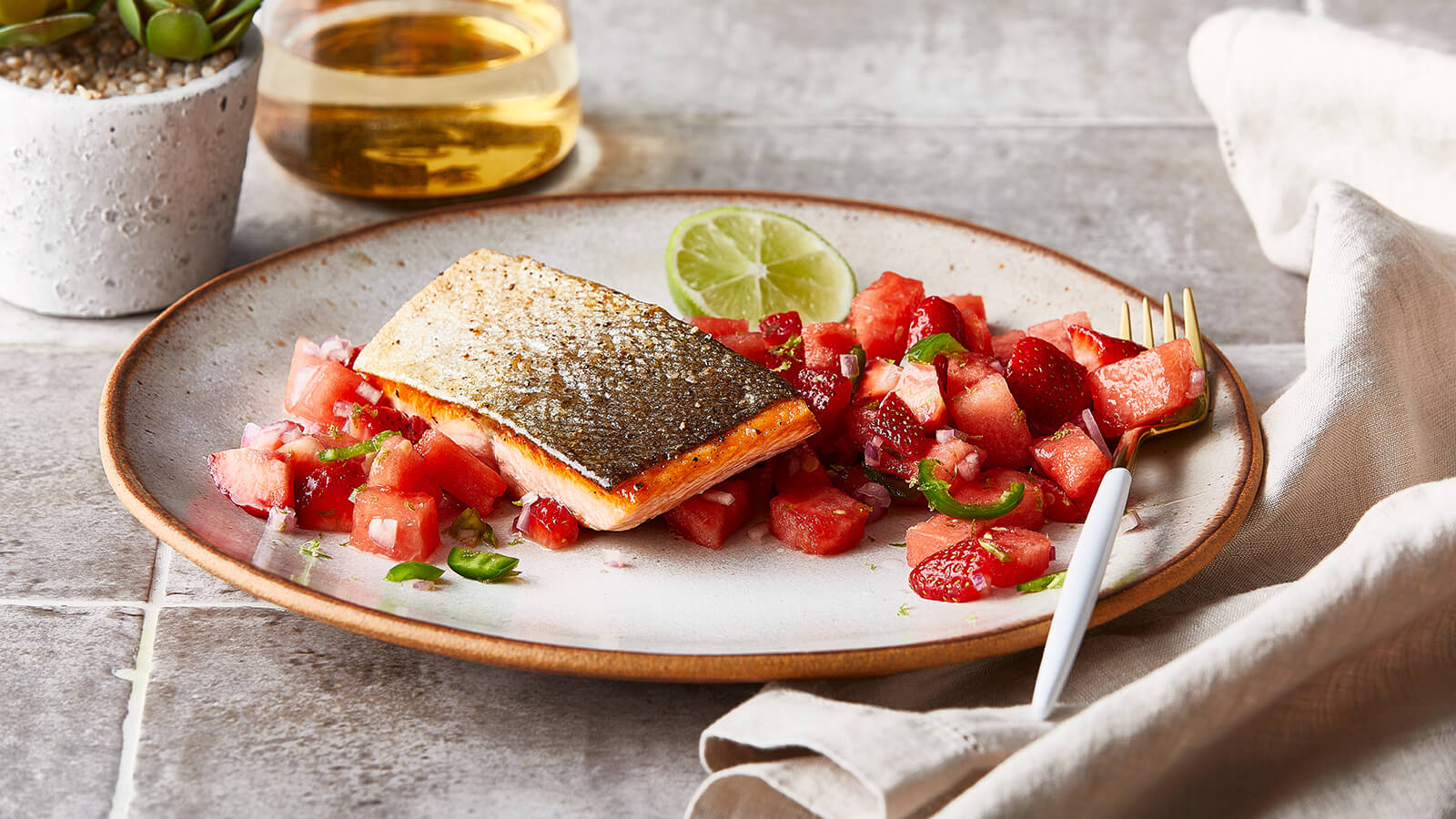 Crispy Skin Salmon with Spicy Watermelon and Berry Salsa
Crispy Skin Salmon with Spicy Watermelon and Berry SalsaSkin, or no? It all depends on how you plan to cook your fish. It’s common to see recipes that don’t indicate whether or not to remove the skin, since it’s quite easy to remove after cooking. Once your salmon is cooked, simply slide a metal spatula between the skin and the flesh of the fillet to remove the skin. It should separate very easily.
Although salmon is most commonly served with the skin removed, we love cooking it with the skin on. If you prepare it the right way, the salmon skin adds a deliciously crispy texture and salty crunch. Try this method in our recipe for Crispy Skin Salmon with Spicy Watermelon and Berry Salsa.
Here are some of our other pan-cooked favorites. Each is paired with a flavorful accompaniment, from vibrant beet and radish salad to tangy, savory cherry sauce.

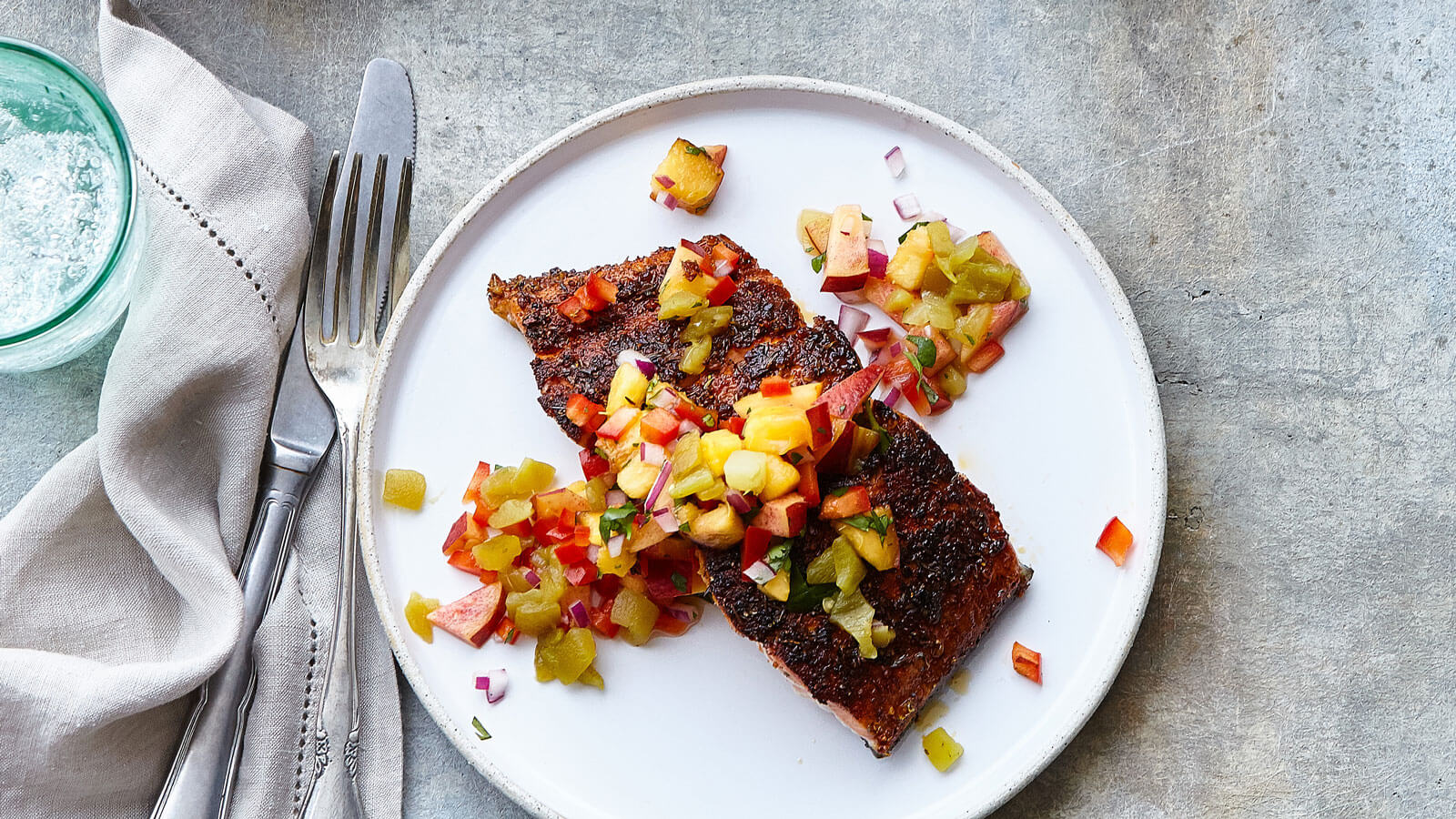
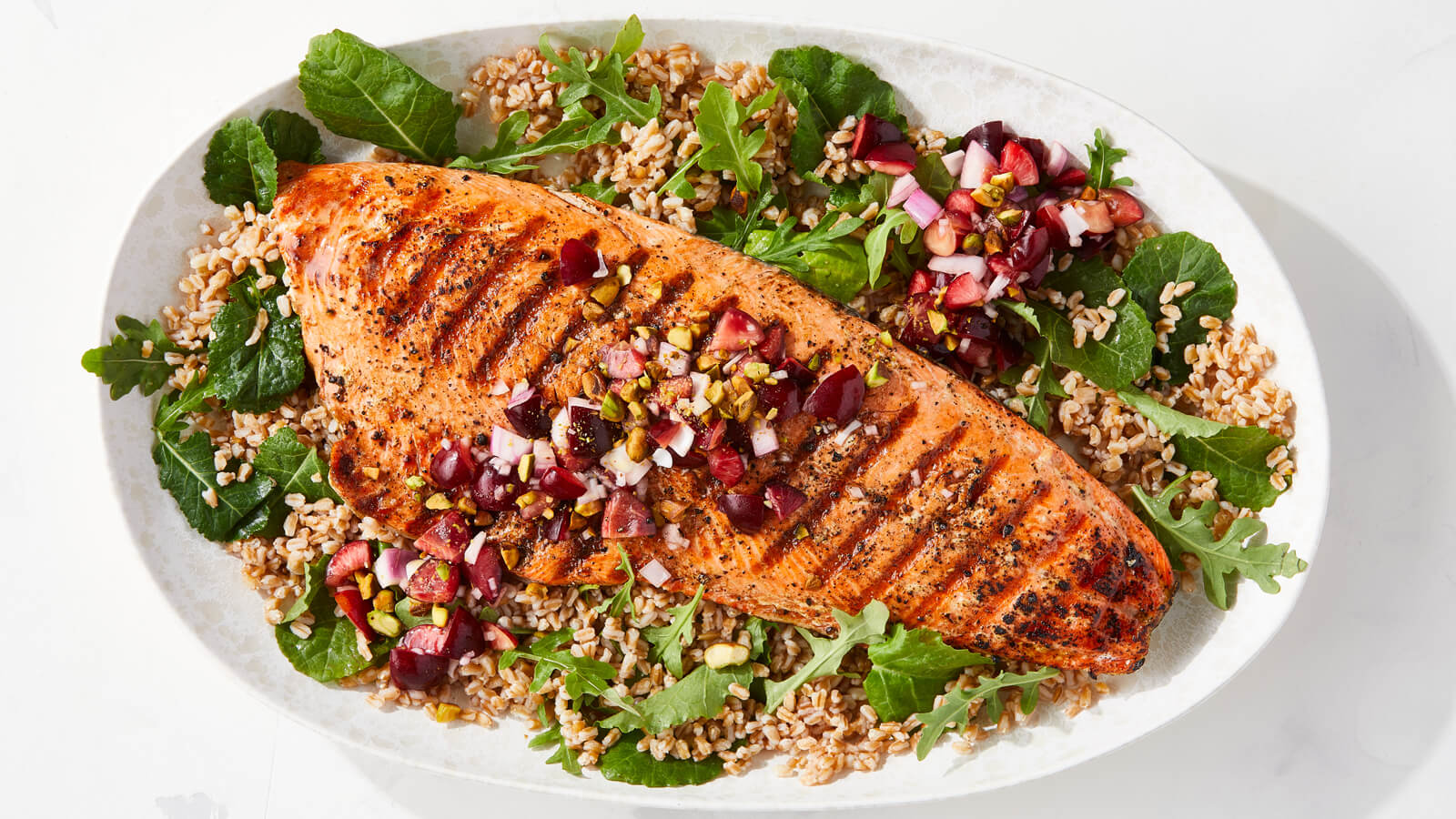
Baked Salmon
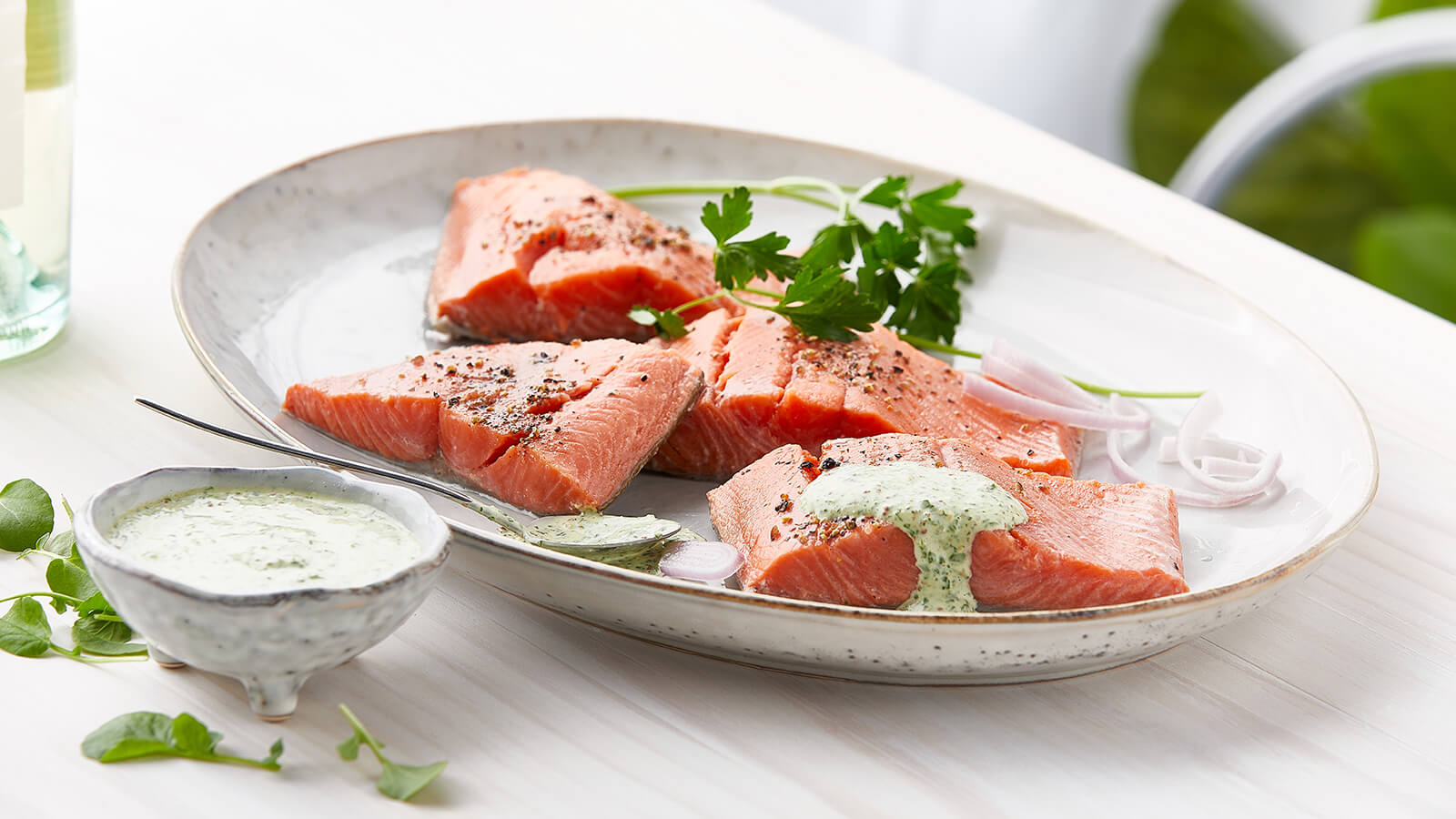 Oven-Poached Salmon Fillets with Watercress Mayonnaise
Oven-Poached Salmon Fillets with Watercress MayonnaiseSlow-cooking fish in the oven at a lower heat is a great way to ensure the fillet is tender and evenly cooked. Baking salmon is also a little more forgiving and allows you to cook a larger quantity of food without having to tend to it regularly, making it an ideal method for entertaining. Once you’ve mastered baking salmon, you can improvise with any of your favorite accompaniments. Don’t be afraid to get creative!
In our recipe for Roasted Salmon with Mustard, Lemon and Dill, we spread a delicous mixture of mustards, olive oil and dill over the salmon and roast until a nice crust forms on top.
There are plenty of ways to enjoy baked salmon. Try it rubbed with brown sugar and chili powder for a sweet crust with a kick of heat. Or, try one of our bold and easy-to-make sauces.
